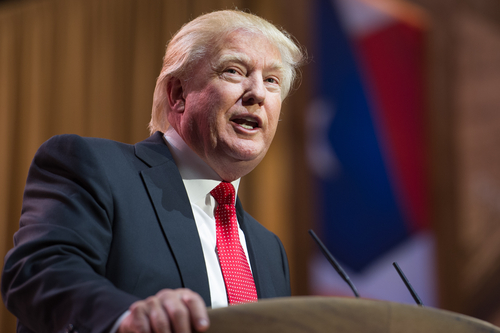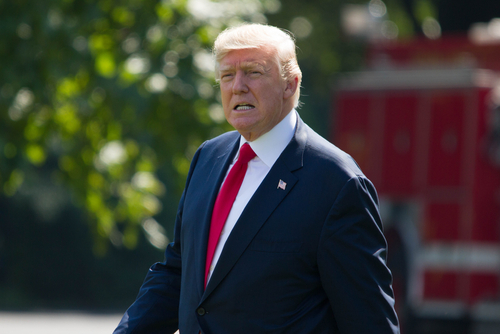
Biden’s NUCLEAR Gamble – NRC Reforms SPARK Fear
In a move to redefine its nuclear strategy, the United States embarks on a rigorous plan to quadruple its nuclear capacity by 2050, balancing innovation with safety regulation overhauls.
At a Glance
- The U.S. plans to add 200 GW of new nuclear capacity by 2050.
- Nuclear energy is crucial for reducing CO2 emissions and safeguarding energy security.
- Concerns arise over proposed reforms that may affect NRC’s independence.
- The strategic transformation includes modernizing safety regulations and setting approval timelines for reactors.
Expanding U.S. Nuclear Capacity
The strategic shift in the Nuclear Regulatory Commission (NRC) aims to considerably enhance the nuclear capacity of the United States, seeking a leap from the current 100 GW to 400 GW by 2050. Announcements made at the COP29 set ambitious intermediate targets, including 35 GW by 2035 and an additional 15 GW annually by 2040. Such commitments emphasize the role of nuclear energy in reducing emissions, particularly by avoiding over 470 million metric tons of CO2 emissions each year.
Design standardization and new manufacturing techniques are essential to achieve these goals, mirroring the pace of reactor construction not seen since the 1970s. Both large-scale light-water reactors and small modular reactors play pivotal roles in meeting the diverse power needs. Existing nuclear sites could support up to 95 GW of new capacity, while coal plant sites hold potential for up to 174 GW, leveraging current infrastructure and labor.
Regulatory Challenges and Reforms
The Biden administration’s proposed reforms aim to revamp the NRC’s processes, tackling the historically slow licensing and high fees that have stunted nuclear developments. The draft executive orders suggest an overhaul of the nuclear regulatory landscape, providing the Department of Energy with newfound authority and potentially bypassing the NRC. This has raised concerns among experts regarding the preservation of NRC’s independence and credibility.
“Everybody should be worried about that, especially because we depend on nuclear power plants for about 20 percent of our electricity across this country. That’s an important segment of low-carbon electricity, and if it’s not safe, that’s a huge gap to fill.” – Emily Hammond
The proposed orders also call for a reassessment of the no-threshold hypothesis of radiation exposure and demand an expedited reactor approval process. NRC is prompted to streamline public hearings and consider renewing licenses based on updated technological and safety data, thereby aligning with Congressional directives for efficient licensing processes.
Implications and Industry Reactions
The reforms foreground nuclear energy as vital to U.S. national and economic security. By directing NRC to facilitate new nuclear technology deployments, the administration seeks not just energy independence, but also a leadership role in global nuclear progression. Recent legislative changes coupled with streamlined regulatory processes have reinvigorated the U.S. nuclear sector with burgeoning technologies and new reactor construction.
“Licensing and regulation of the civilian use of radioactive materials and nuclear energy be conducted in a manner that is efficient and does not unnecessarily limit — (1) the civilian use of radioactive materials and deployment of nuclear energy; or (2) the benefits of civilian use of radioactive materials and nuclear energy technology to society.” – Congress
The forward-looking approach signifies a calculated bid to reaffirm the United States as a global nuclear leader. However, there remains an undercurrent of apprehension regarding the implications of renewed political oversight on the NRC’s autonomous regulatory framework.




